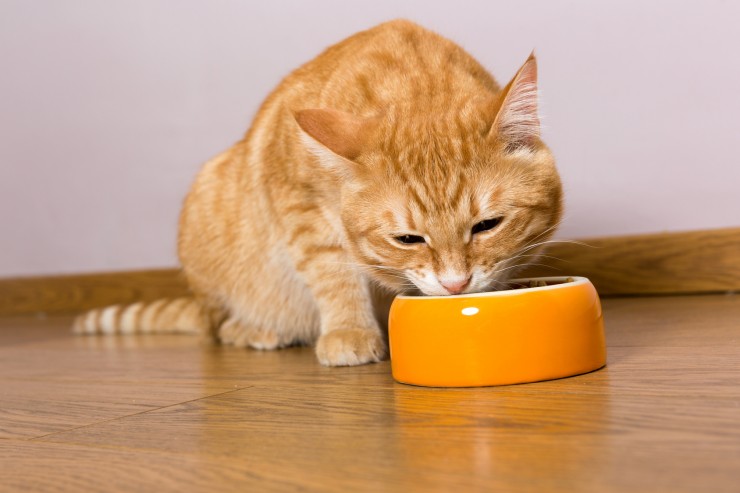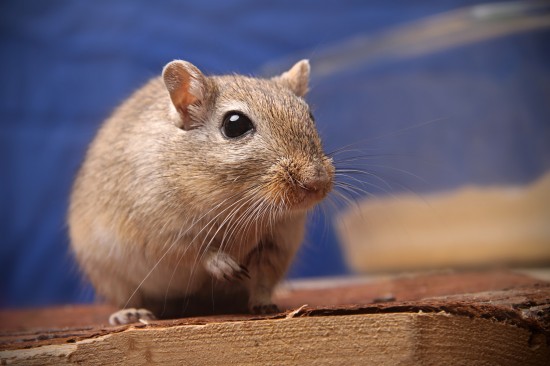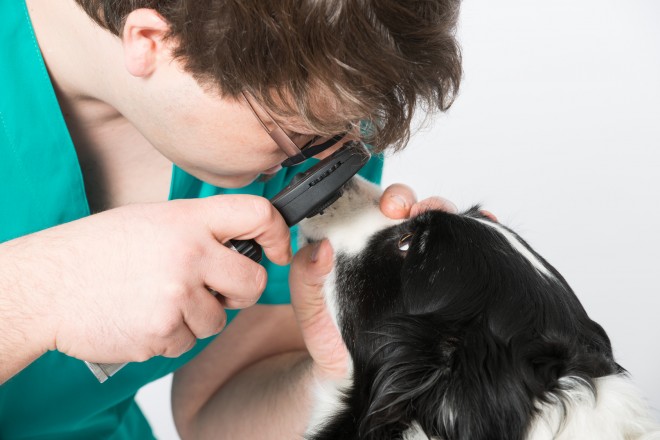
Urine-marking or spraying occurs when a cat backs up to an upright surface or new object and projects a spray of urine backward onto it.?The amount of urine is usually fairly small, and cats who urin...
Urine-marking or spraying occurs when a cat backs up to an upright surface or new object and projects a spray of urine backward onto it.?The amount of urine is usually fairly small, and cats who urine-mark may at other times use the litter box.?While objectionable to people, urine-marking is a normal territorial behavior for both male and female cats.?The behavior is usually associated with intact animals, but spayed and neutered cats will sometimes engage in it--even those altered before the onset of puberty.
Why do cats urine-mark?
Cats urine-mark to attract mates and also in response to environmental changes and stress.?In multiple-cat households, marking may occur to delineate territory in response to the stress of social conflicts with the other cats.?In some multiple-cat homes, more than one cat may be urine-marking.?Cats will also urine-mark inside as a territorial response to the presence of other cats they see outside the home.
What steps can I take to stop my cat's urine-marking?
First, spay or neuter your cat.?After confirming with your veterinarian that nothing is medically wrong with the animal, thoroughly clean soiled areas with an enzymatic cleaner designed to remove urine stains and odors.?Keeping frequently sprayed or new objects out of reach may also help.?In a multiple-cat household, it is also imperative that you make an adequate number of litter boxes in multiple locations throughout the home available.?There should be at least one box for each cat and one additional box.?Scrupulous attention should be given to litter box cleanliness.?Boxes with "clumping" litter should be cleaned daily and emptied and washed weekly.?Finally, make sure that the litter boxes are large enough for digging and covering behaviors without making the cat feel cramped.
New treatment options include the use of a synthetic pheromone spray or diffuser, which mimics the scent of cheek gland pheromone in cats.?Pheromone therapy can be effective in decreasing urine-marking in reaction to stimuli such as changes in the cat's environment, including a recent move or the introduction of new pets.
Punishment during or after the fact will not deter future urine-marking behavior and may make your cat fearful and anxious around you.?If you see your cat back up to an object, clap your hands or make a loud noise to interrupt the behavior, preferably out of sight of the animal.
What if the problem stems from other cats?
If conflicts between household cats appear to be triggering urine-marking, efforts should be made to resolve them.?This might include separation and introduction sessions using food rewards or helping establish territorial boundaries in the home.?Allow the urine-marking cat to have access to a room or area alone, without the presence of any other cats, where the animal can stake out a territory for a short period of time daily.
If free-roaming cats outside seem to be the trigger for the urine-marking, limit your cat's ability to see the other animals by blocking visual access out windows and doors.?Moving furniture away from windows and modifying windowsills so your cat cannot sit on them may help.?Stopping any activities that might attract free-roaming cats to the property, such as feeding them or maintaining a birdfeeder, may also help eliminate urine-marking behavior.?Also keep your cat safely confined indoors, especially since outdoor access often triggers urine-marking.?If urine-marking continues, talk with your veterinarian about a course of drug therapy coupled with behavior modification.
Urine-marking can be a persistent behavior, but consistent efforts should diminish or eliminate it and help keep your home a happy one for all your family members.
 What To Feed Cats Suffering From Cancer
What To Feed Cats Suffering From Cancer
 Canine Rehoming And Its Failure Rate
Canine Rehoming And Its Failure Rate
 Foods That Are Safe For Your Gerbil
Foods That Are Safe For Your Gerbil
 How Would You Know If Your Dog Was Losing Their Eyesight?
How Would You Know If Your Dog Was Losing Their Eyesight?
 The Lifecycle Of Dog Fleas, And What This Means For Flea Prevention
The Lifecycle Of Dog Fleas, And What This Means For Flea Prevention
 How To Decide If A Great Dane Is The Right Dog For You, And How To Pick The Right One
How To Decide If A Great Dane Is The Right Dog For You, And How To Pick The Right One
 All Information About Dog Trainers
All Information About Dog Trainers
There are a
All Information About Dog Trainers
All Information About Dog Trainers
There are a
 Keeping Scenthounds Happy
Keeping Scenthoun
Keeping Scenthounds Happy
Keeping Scenthoun
 Should You Shave Your Double-coated Dog During The Summer?
Should You Shave
Should You Shave Your Double-coated Dog During The Summer?
Should You Shave
 Five Universal Personality Traits Of The Golden Retriever
Five Universal Pe
Five Universal Personality Traits Of The Golden Retriever
Five Universal Pe
 Tips For Dealing With Puppy Crying
Tips For Dealing
Tips For Dealing With Puppy Crying
Tips For Dealing
Copyright © 2005-2016 Pet Information All Rights Reserved
Contact us: www162date@outlook.com